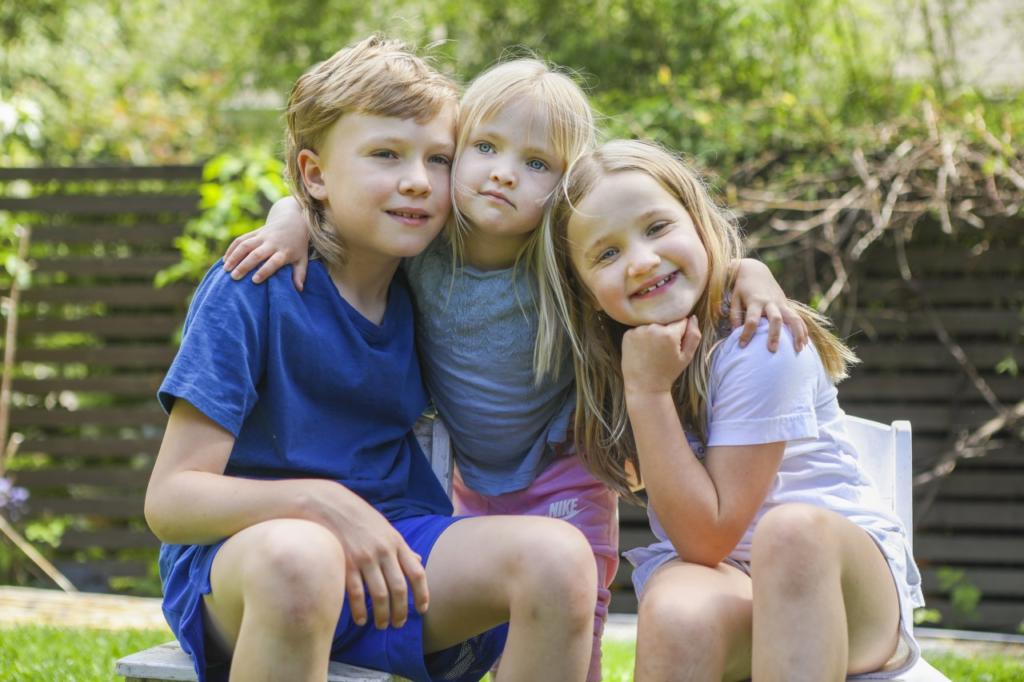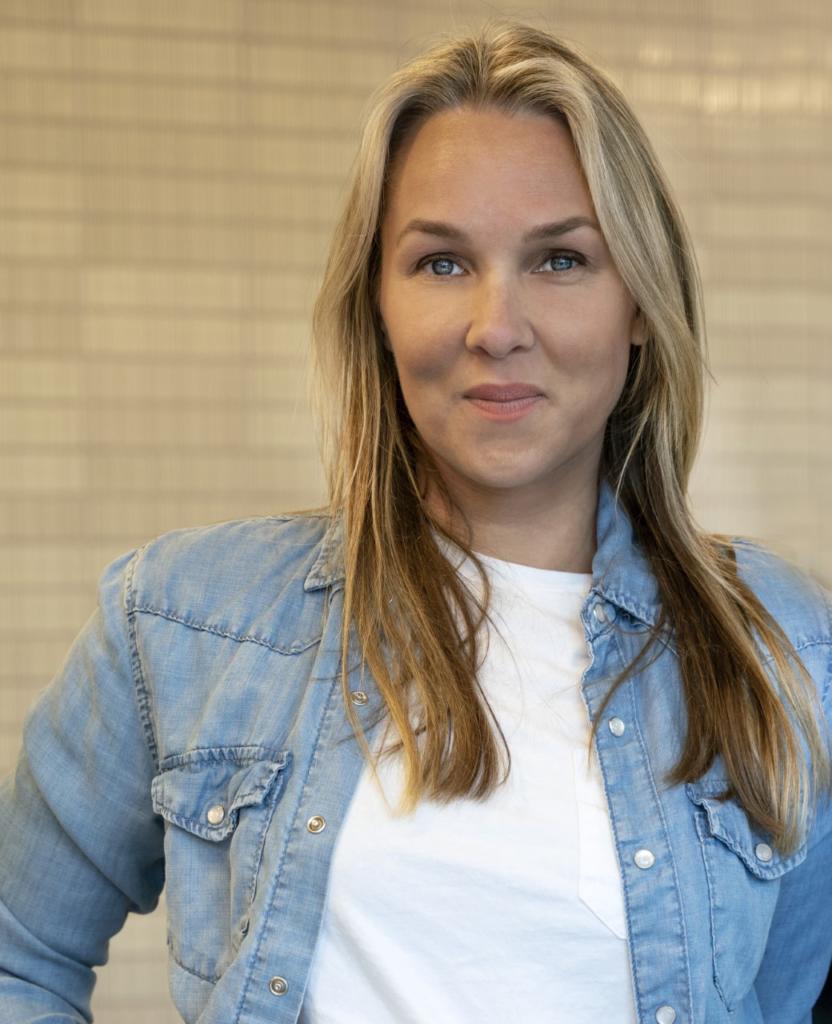The Importance of Being Barefoot
When was the last time you felt mud squish between your toes? If you’re like most, the answer is probably far too long ago. You might have kicked off your shoes for a quick stroll during last year’s beach vacation or briefly touched the grass while letting out the dog, but most of us go months or years without truly connecting to the earth for extended periods of time. And did you know your health could greatly benefit from doing so?
If you have a backyard or live by a park, now is the perfect time to explore the concept of earthing (also known as grounding) with your family. Bellevue Club member Inese Westcott is a local pioneer of the barefoot movement and an advocate for dipping your toes in the dirt on a daily basis. Currently, she is developing the first Barefoot Park on the Eastside. Please enjoy a brief video about the project, or read a little more about the concept.
What is earthing or grounding?
The concept of earthing is pretty simple. It’s the practice of intentionally connecting directly to the earth’s surface for therapeutic purposes. That means shoes off, toes in the dirt, water, soil or leaves—whatever is around you.
Why is earthing important?
Earthing can affect human health in quite a few ways—energetically, physiologically and psychologically. Unfortunately, most modern humans are increasingly cut off from these benefits. “Throughout human history we walked and slept and sat on the ground,” says a 2012 study published by The National Center for Biotechnology Information. Now most of us rarely come in contact with the ground.
 How does earthing affect us energetically?
How does earthing affect us energetically?
The earth’s surface, similar to the atmosphere, is naturally electrically charged and saturated with free electrons. When living things (including humans) come in direct contact with this electrical field, they absorb the electrons into the body.
How can that improve health?
Only recently have scientists studied the effect on the human body’s complex internal environment, but early research found that “the Earth’s electrons induce multiple physiological changes of clinical significance, including reduced pain, better sleep, a shift from sympathetic to parasympathetic tone in the autonomic nervous system (ANS), and a blood-thinning effect.” Furthermore, evidence shows these electrons neutralize free radicals and aid in immune and inflammatory responses.
What about physiologically?
When you walk barefoot on a dirt path, as opposed to a sidewalk or smooth surface with shoes, the muscles in your feet and legs are challenged to stabilize the body in a different way. Without the barrier of shoes, they are forced to constantly correct for uneven textures, changes in elevation and so on.
How does that change the body?
Coming in contact with natural surfaces and textures not only builds up proprioception and muscle tone in the feet and legs, but it also thickens the top layers of the skin for protection. In the same way lifting weights or rock climbing increases grip strength and hand calluses, barefoot walking develops the feet, ankles, calves and hips. It will literally change the way your feet look and make them exponentially stronger and more resilient.
And what about psychologically?
Walking in nature has long been revered for it’s psychological benefits. In Japan, it’s called shinrin-yoku (or forest bathing). In Europe, many physicians are now swapping drug prescriptions for mandatory time in nature. And, the American Psychological Association notes the following benefits: reduction in blood pressure and stress, improvement in mental clarity and reduction in incidences of depression, anxiety, ADD and ADHD.
 Is it that increased when you’re barefoot?
Is it that increased when you’re barefoot?
Many of the psychological benefits come from an overall sensory immersion. Meaning, you don’t have to go barefoot to reap all the benefits, but the more points of exposure the more potent it will be.
What is a barefoot park?
A barefoot park is a public trail system curated to encourage and cultivate the health giving properties of walking barefoot in nature. Bellevue Club member Inese Westcott says she recognized many of these benefits through her own travels and personal experiences with her children. Now she wants to bring them to the local community.
“Barefoot parks provide the experience through reconnecting sensory function that occurs during barefoot walking. The trail offers different textures to experience and also tells a story as the visitors follow the path. The main goal of the park is to get people in touch with nature and offer medical benefits that come from this sensory experience. It’s also a great way for the kids to learn and experience the elements of nature through fun, safe and sensory-rich walk. “—Inese Westcott
To learn more or support the effort, visit barefootparks.com


